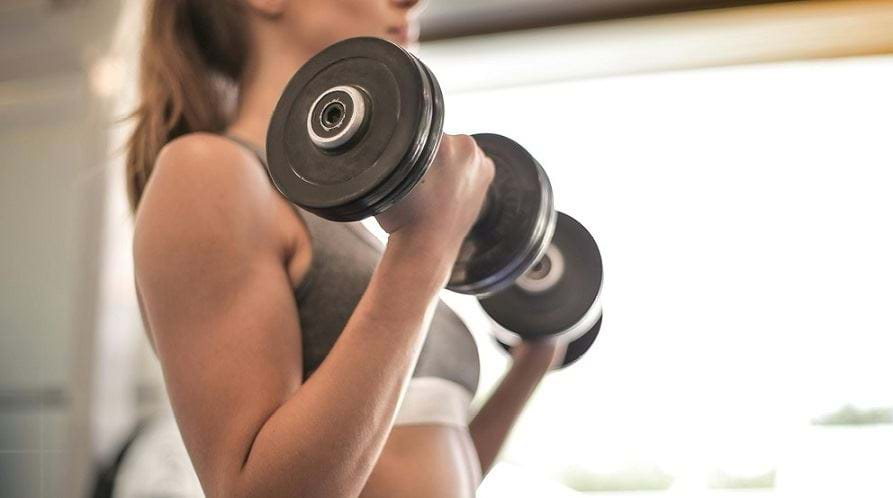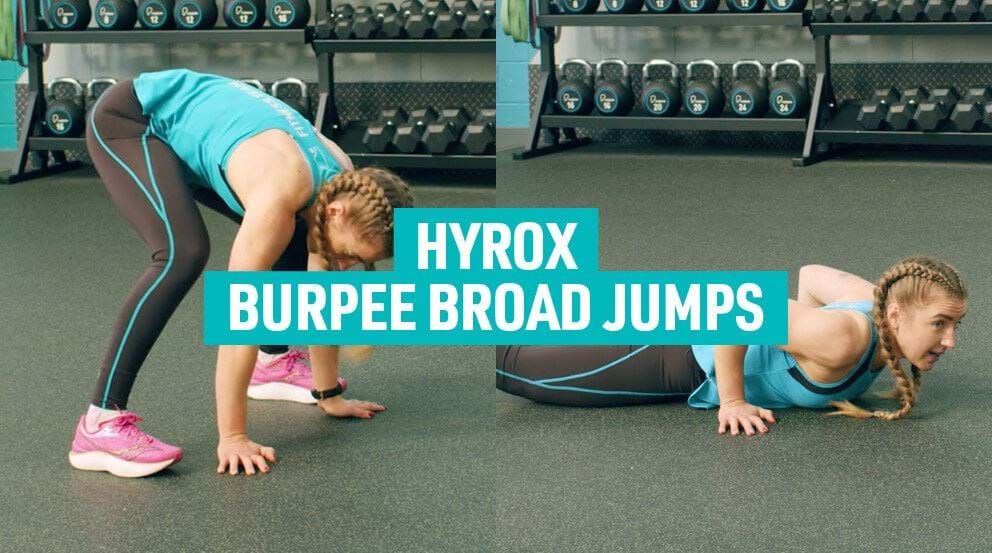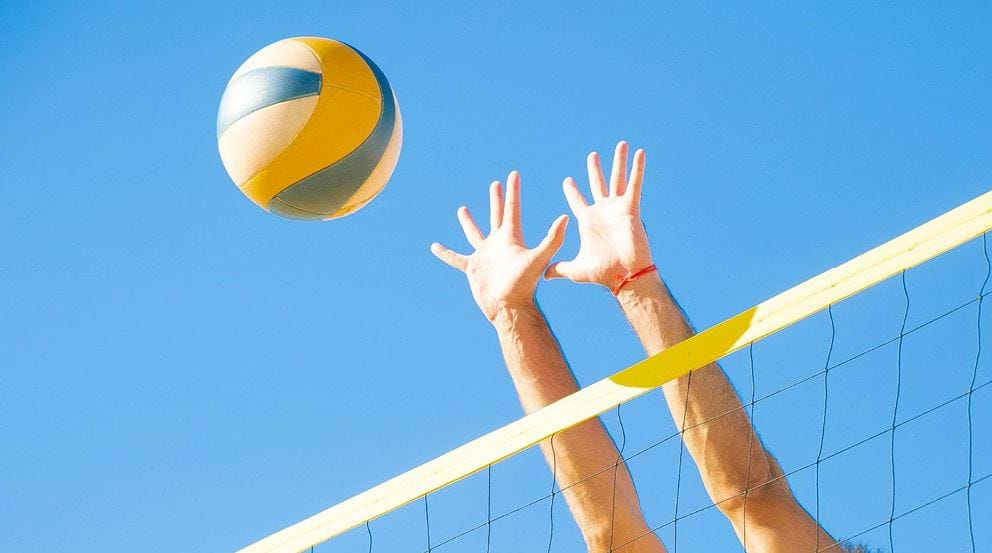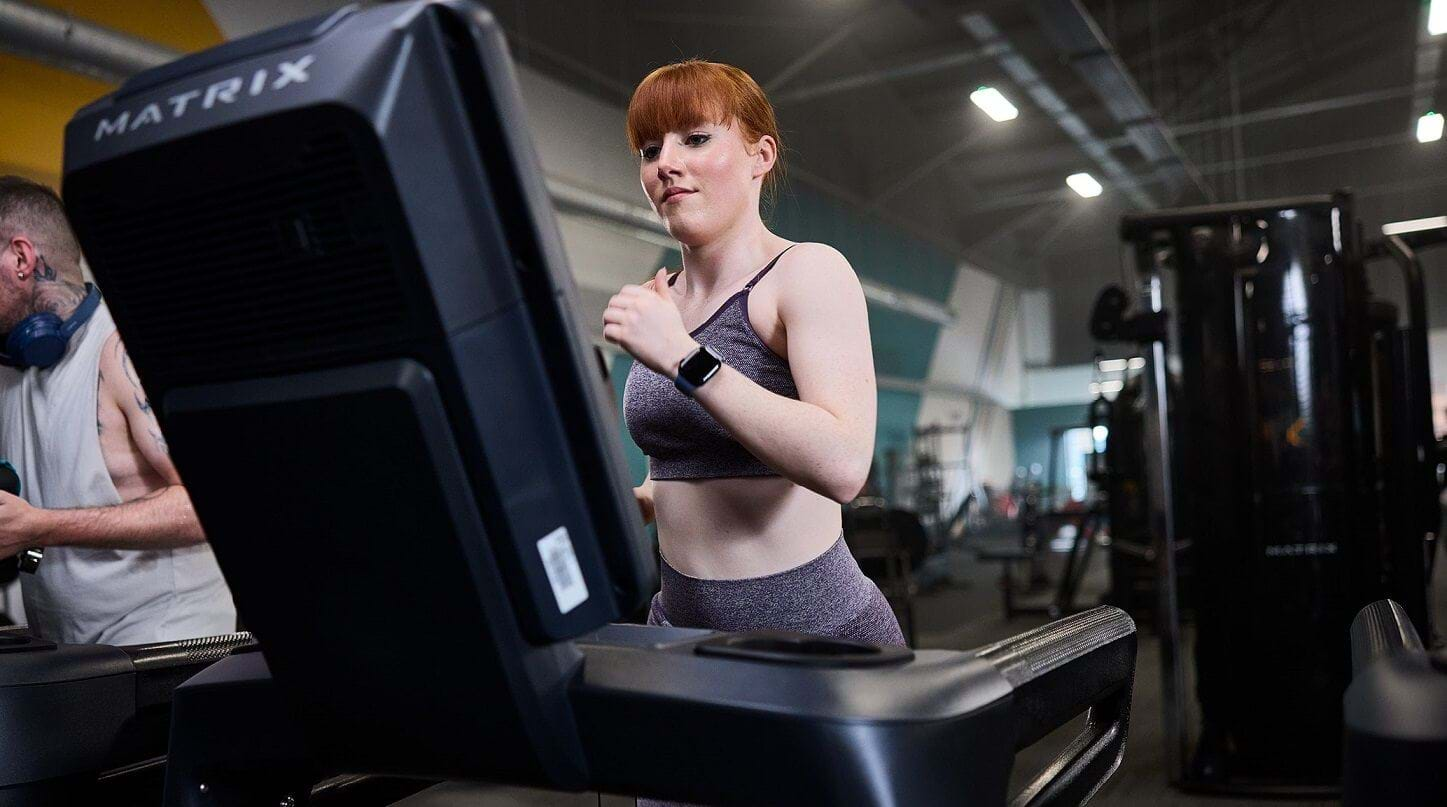Resistance Training At Home: Everything You Need To Know

Benefits To Training At Home | Equipment Needed | Resistance Training Exercises At Home | Resistance Strength Training Workout | FAQs
Whether you're a gym goer or not, there are times when home workouts are the best option for getting in some exercise.
In this blog, PureGym Personal Trainer Tenzin Harley breaks down everything you need to know about resistance training at home, including a full body resistance training at home workout you can try.
What Are The Benefits Of Resistance Training At Home?
The benefits of resistance strength training at home are two fold, as you get all of the benefits of resistance training:
Improved muscle tone and joint stability. Resistance training strengthens the muscles and ligaments, improving overall strength, stability and muscle tone.
Increased bone density. Resistance training exercises places stress on the bones, which stimulates an increase in bone density. This can help to prevent injuries in later life and reduce the risk of osteoporosis.
Improved posture. Resistance training can help to combat weak muscles and correct muscle imbalances which lead to poor posture. This can also improve posture related pain.
Fat loss. Resistance training can aid in fat loss and prevent muscle loss if you are in a calorie deficit.
Improved mental health. Resistance training releases happy hormones that can boost our mental health.
As well as the benefits of training at home:
Accessible. One of the main benefits of home workouts is you can work out whenever you want, whether that's just before bed, on your lunch, or in between meetings if you're working from home.
Privacy. If you are someone who feels self conscious or anxious at the gym, working out at home can be a stress free way to exercise.
Saves time. Working out at home saves time as there is no travelling to and from the gym. This can be handy for busy mums and those who struggle to make time for the gym.
It's free. With so many online workouts, working out at home can be completely free.
What At Home Resistance Training Equipment Do You Need?
There are many types of resistance training that can be done at home, from circuit training to Pilates, and it's absolutely possible to do resistance training at home with no equipment, and get an effective workout in. This is especially true for beginners, as bodyweight exercises can be more than enough to get started.
As you get stronger, you may need to invest in some equipment to continue with progressive resistance training at home. Resistance bands, kettlebells, dumbbells, pull up bars and even TRX or similar form of suspension training are all great bits of kit to invest in, and don't have to cost too much.
If you want to train without equipment, calisthenics is a style of strength training that uses advanced bodyweight exercises to improve strength and mobility. You can learn more about calisthenics exercises here.
Best At Home Resistance Training Exercises
Most workouts and exercises can be adapted to be done at home, either by using at home kit, bodyweight versions of an exercise, or a harder variation of an exercise.
For example, you could try:
Swapping bench press for push ups, resistance band floor press, or single arm dumbbell chest press.
Swapping leg press or barbell squats for single leg squats, jumping lunges, pistol squats, or step ups.
Swapping barbell rows for resistance band rows, single arm dumbbell rows, or invested rows using a table.
Swapping lat pulldowns for resistance lat pulldowns or pull ups.
Get more no equipment exercises here.
Resistance Training At Home For Beginners Workout
This is a full body resistance training at home workout that follows a circuit format. Complete 10 reps of each exercise, then move onto the next. Complete the circuit three times.
Push ups
Push ups work the chest, triceps, shoulders, and core. To make this harder, slow down your reps or place your feet on a step. To make it easier, try incline push ups or knee push ups.
Form tips:
Place your hands wider than your shoulders.
Maintain a plank position throughout, with chest lowering before hips.
W-Ys
W-Ys work the lats (back) and shoulders. They are performed by lying down on your stomach and making the shapes of letters W and Y with the arms.
Form tips:
Lift your hands and arms as high as you can throughout the exercise while keeping the chest and rest of body on the floor.
Focus on slow, controlled reps and actively squeeze the shoulders together.
Squats
Squats predominantly work the quads and glutes, as well as the hamstrings and calves. If bodyweight squats are too easy, hold a weight or heavy household item in front of your chest or try Bulgarian split squats.
Form tips:
Start with your feet hip width apart and slightly turn your toes out.
Ensure your knees stay in line with the mid toes and heels stay flat on the floor.
Aim to get your thighs at least parallel with the floor.
Glute bridges
Glute bridges work the glutes and hamstrings, with the quads also engaged. To make these harder, try single leg glute bridges or raise your feet onto a step.
Form tips:
To find the correct position of the feet, lie on your back with your legs straight. Make a note of where your knees fall, and that's where you put your feet hip width apart. From there lift the hips off the floor, with an emphasis on scooping the pelvis under at the top, rather than just pushing the hips high.
Lunges
Lunges work the glutes and quads and build balance, stability and coordination.
Form tips:
Keep your feet hip width apart as you take a step forward, rather than feet in line with each other.
The weight should remain over the front heel throughout the exercise. Think about dropping the weight down, not forwards.
Plank shoulder taps
Plank shoulder taps work the shoulders and core and help to improve stability and balance.
Form tips:
Keep your hips in line with shoulders, so that your body runs in a straight line from head to heels.
Avoid your hips from rocking to each side as you tap your hands to the opposite shoulder.
Frequently Asked Questions About Resistance Training At Home
Progressive resistance training refers to the practice of increasing the challenge of your resistance training over time. This is important to ensuring you continue to build strength rather than plateau.
Some ways you can progress resistance training at home include:
Adding weights or resistance bands
Choosing harder exercise variations
Increasing reps or time
Increasing time under tension by adding pulses or slowing down reps
Simply adding resistance training to your routine and making no other changes is unlikely to see much of a difference. However, resistance training can help you to lose fat as part of wider lifestyle changes including a calorie deficit. One way it does this is by making it less likely that your body will burn muscle rather than stored fat.
It is not essential to have equipment for resistance training at home. There are plenty of bodyweight exercises that are challenging enough for an effective workout for all levels, and you can use heavy household items to act as weights.
However, investing in some low cost kit like resistance bands and a kettlebell can make it easier to get more varied and challenging workouts in.
For more at home workout ideas, check out our 10 minute no kit workouts and our at home workout plans here.


